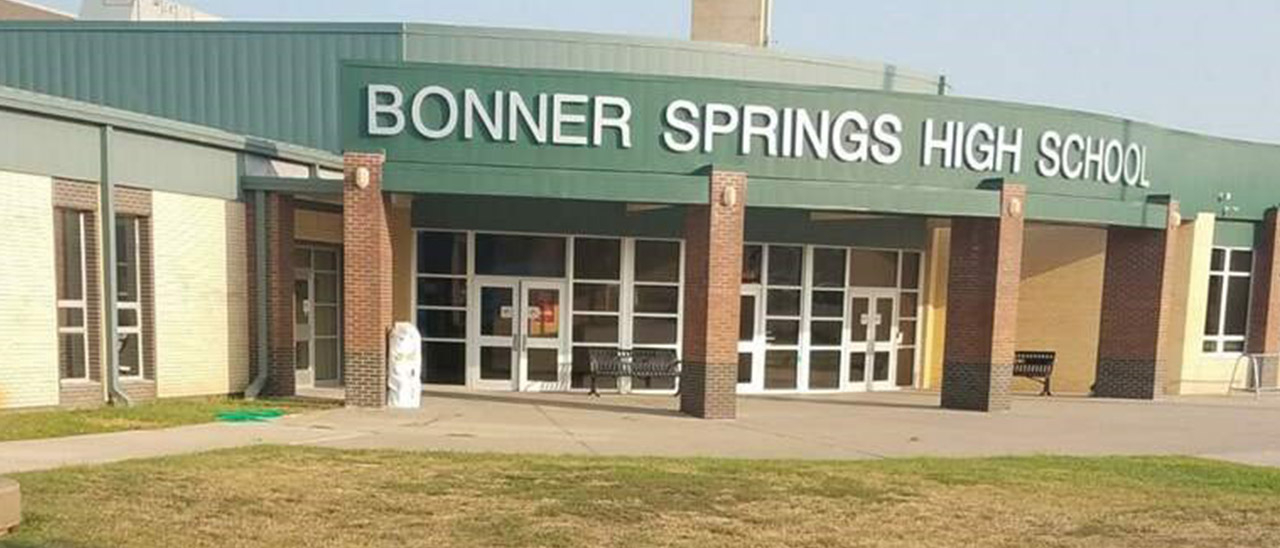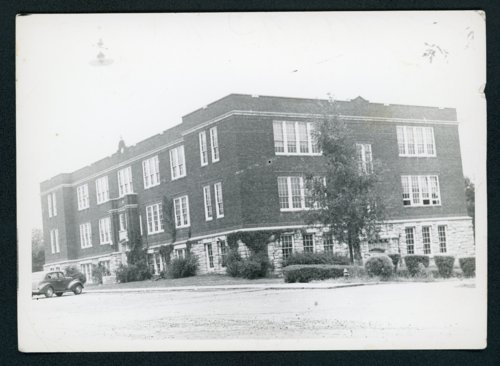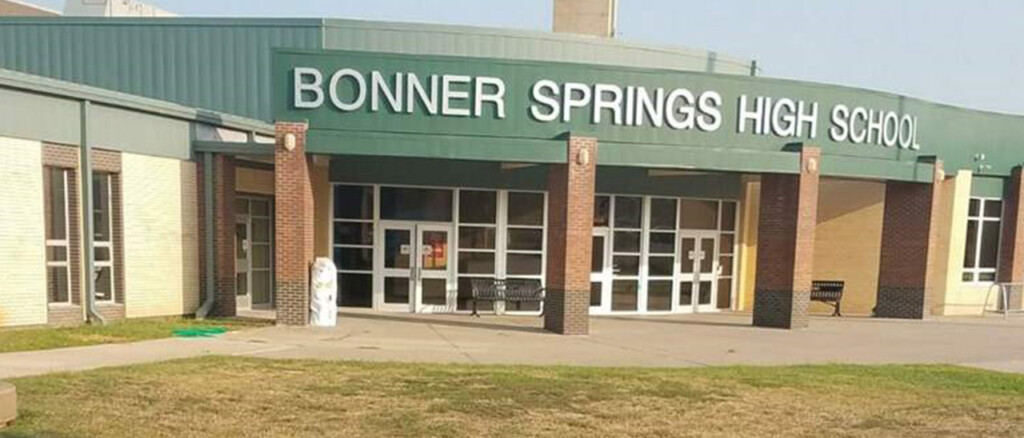Bonner Springs High School Athletic Calendar – When the new school calendar comes to an end, it’s essential to have a clear and concise calendar for Springs Schools. In this article, we will give suggestions and guidelines for how you can create and use an effective school calendar. It will keep parents, students and teachers informed of important dates and important dates.
Importance of a School Calendar
The school calendar is crucial at Springs Schools as it helps to make sure that everyone is aware of important dates as well as events throughout the school year. This is the case for the first and last day of school holiday breaks, holidays and professional education days. A school calendar provides uniformity and organization. This is beneficial for students, staff, and parents alike.
How to Create a School Calendar
Designing a school calendar could seem like a daunting undertaking but it is a task that can be completed easily and efficiently by taking these simple steps:
Step 1: Identify Key Dates
First step to creating an school calendar is to identify all of the key events of the school year. This is the case for the first and the last day of schoolas well as holidays and breaks. You should also take note of any other important dates like exams, parent-teacher conferences, and school functions.
Step 2: Determine the Length of the School Year
Following that, you must determine when the year begins and the time of year. This will include the number required by the state and any additional days required by the district. You should also consider any weather-related closures or other unexpected conditions that may impact the duration and duration of the school term.
Step 3: Determine the School Day Schedule
Once you have determined the length of the school year Next step is to establish the school’s schedule. This includes starting and ending times as well as any adjustments required for early release or late start days.
Step 4: Incorporate Holidays and Breaks
In the following step, you must integrate breaks and holidays to the timetable. This could include days off in the context of religious observances, or professional development days. You should also take into consideration any specific school holidays, or events.
Step 5: Incorporate Professional Development Days
In addition to the holidays and breaks, it’s crucial to include professional growth days in the schedule. This provides enough time for staff to learn and develop.
Step 6: Review and Finalize the Calendar
The final step is to examine and then finalize the calendar. This includes checking accuracy and making any adjustments that are required. Once the calendar is approved the calendar should be shared with students, parents, and staff.
Tips for Using the School Calendar
Additionally, when you design a school calendar, you must also use it effectively. Here are some ideas to help you get started:
Tip 1: Share the Calendar to Parents, Students, and the Staff
It is important to ensure that the calendar is accessible to everyone. This could be accomplished through printing a copy, an online calendar, or mobile app. You should also consider sending reminders and notifications as necessary.
Tip 2: Update the Calendar Regularly
Be sure to keep the calendar current. This means making any necessary modifications due the weather or other unexpected events. It is important to communicate any changes as quickly as you are able.
Tip 3: Include Important Details in the Calendar
In addition to the important dates Calendars should include important details such as school policies, deadlines, as well as contact information. This will help ensure that everyone is well-informed and prepared for the new school year.
Conclusion
Implementing and maintaining a school calendar is vital at Springs Schools. By following these guidelines as well as guidelines you will be able to ensure that your school’s calendar is current, accurate and effective in keeping everyone in the loop about important dates , events and dates.






